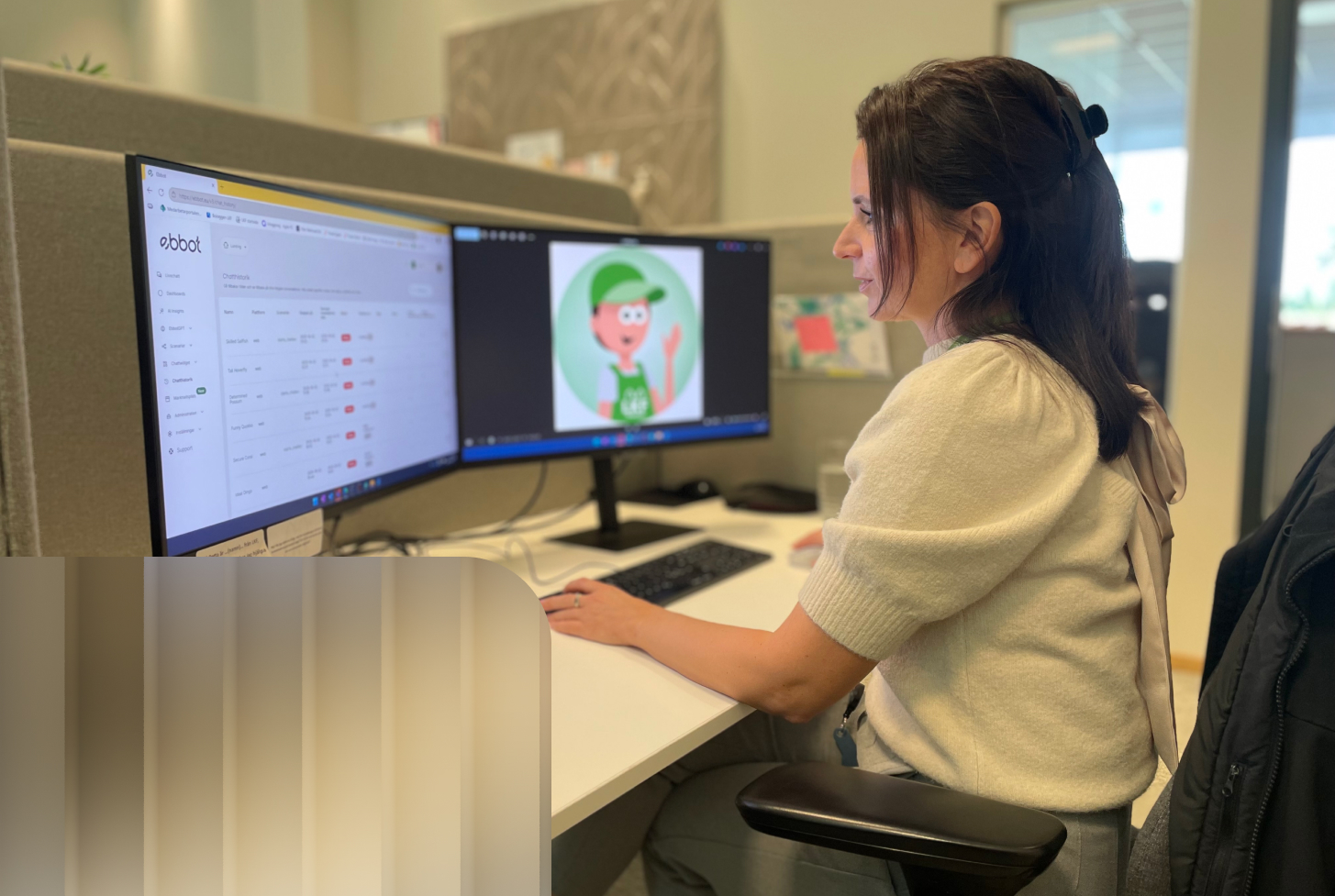
What Is A Chatbot & How Does it work?
“Chatbot” is a term that has become increasingly common over the past few years. Many companies are looking to implement chatbots across various departments—customer service, HR, IT support, and eCommerce, to name a few. But what does the word actually mean? What is the technology doing behind the scenes? And why have chatbots had such a bad reputation? Let’s dive into these questions.
History of Chatbots
Chatbots have actually been around longer than many realize. Early computer games were a form of chatbot—“choose your own adventure” games where you typed actions into the computer and received responses. Given the limited tech at the time, the experience was surprisingly immersive.
In the 1990s, IBM’s Watson became famous for defeating human contestants on Jeopardy! Watson is still available today as a chatbot tool for businesses.
As a customer support application, chatbots have existed for at least a decade. Early versions were simple, often unhelpful, and led to user frustration. They became infamous for giving poor support, which damaged their reputation.
But since 2020, advancements in technology have allowed many businesses to successfully implement high-performing chatbots.
Chatbot Technology
Early chatbots worked by recognizing keywords. If someone typed “invoice,” for example, the bot would deliver a preset response. But language is complex. “Where is my invoice?” and “My invoice is way too high!” both include the word, but clearly require different responses.
The breakthrough came with Machine Learning and Natural Language Processing (NLP). These allowed chatbots to understand entire sentences—not just keywords—by analyzing patterns and learning from variations. As a result, many modern bots can now understand up to 90% of what a user says.
Modern platforms also make it easy to train chatbots using real customer conversations. If a bot encounters a new sentence, it can learn and improve—this is what we call “training” the chatbot.
Advanced bots can even maintain context across multiple questions and topics, making them feel more human and less robotic.
At Ebbot, for instance, we use “entities” to map product properties. This helps the bot answer complex questions like “Which jackets are waterproof and in stock in size medium?”—especially useful when integrated with systems like PIM (Product Information Management).
Building a Chatbot
The most user-friendly way to build a chatbot is using a tree structure—mapping out questions, follow-ups, and responses. You begin by writing 5–15 variations of a question (e.g. “Where is my invoice?”), and the NLP engine will fill in the rest.
Next, set up a welcome message. This should align with your brand’s tone and guide visitors to take the next step. You can include buttons for popular topics.
Then create a fallback message (also known as a “Catchall”) for when the bot doesn’t understand something. This should always offer a next step—such as suggesting questions, asking for clarification, or transferring to a human agent.
After launch, the real work begins: maintaining and improving the bot over time. A good chatbot platform includes a training center where new phrases can be reviewed and taught to the bot.
Integrations
For best results, chatbots should be integrated with other systems. This unlocks advanced features like:
- Ticketing systems – Create or retrieve support cases
- Payment platforms – Complete orders without leaving the chat
- CRM systems – Update records or collect leads
- Logistics systems – Track deliveries or process returns
- ID systems – Identify users and access their accounts
- HR systems – Let employees call in sick or check schedules
- PIM systems – Answer detailed product questions
- Live chat tools – Combine with human support
With open APIs, integrations are easier than ever. Businesses shouldn’t fear complex projects—instead, they should embrace the opportunities integrations create.
What Makes a Great Experience?
Technology alone doesn’t guarantee a good experience. It’s crucial to consider the customer journey when designing conversations.
Sometimes, short answers or clickable buttons provide better UX than long-form replies. At Ebbot, we use interactive chat-cards to create more engaging chatbot experiences.
It’s also essential to know when to hand off to a human. As questions get more complex, a person may be better equipped to help. But that doesn’t mean chatbots replace people—in fact, they make human agents more effective by filtering out simple tasks.
The best setups combine chatbot and human support to ensure that no customer is left waiting.
Benefits of Using a Chatbot
When implemented properly, chatbots can transform how businesses handle customer interactions:
- 24/7 availability
- Faster resolution times
- Multilingual capabilities
- Lower support costs
- Improved customer satisfaction
But success comes from thoughtful planning—knowing when to escalate, what to automate, and which tools to integrate.
At Ebbot, we’ve helped some of Sweden’s biggest eCommerce and energy companies implement successful chatbot strategies.
Want to see what it could look like for you? Book a demo here.
.jpg)
.jpg)
.jpg)


.jpg)

.jpg)

.png)
.png)
.png)
.png)